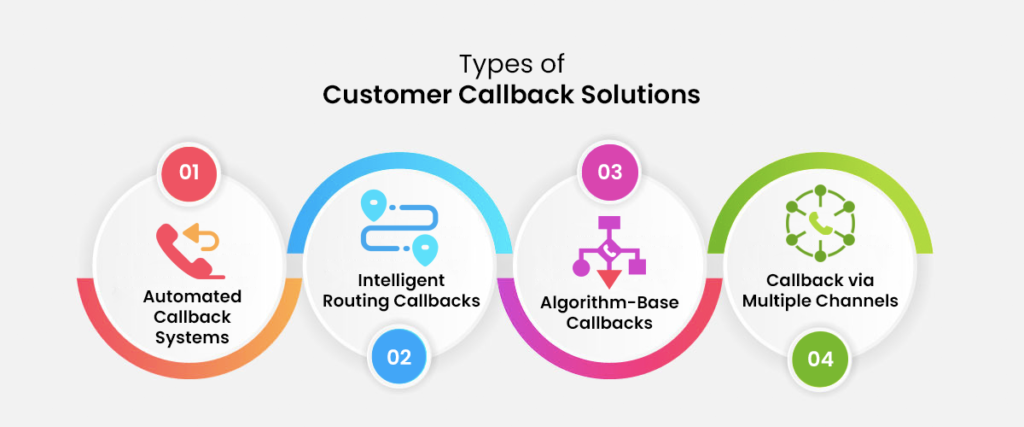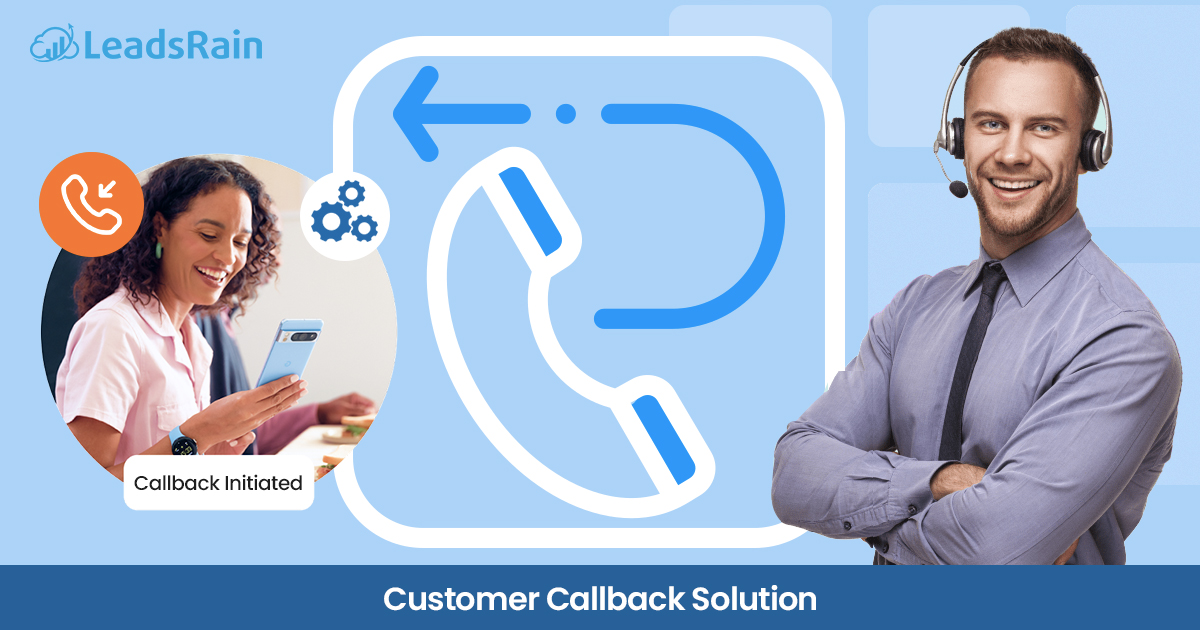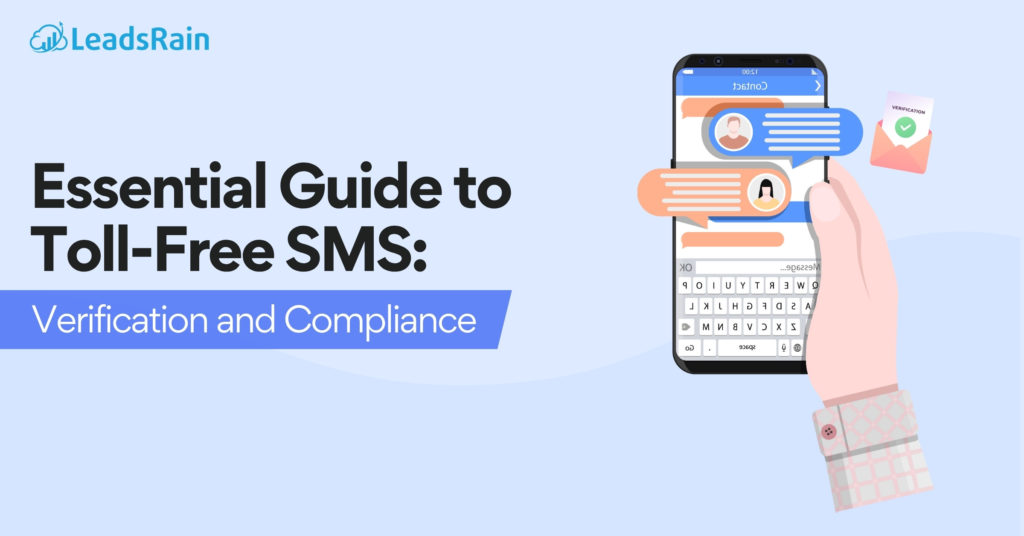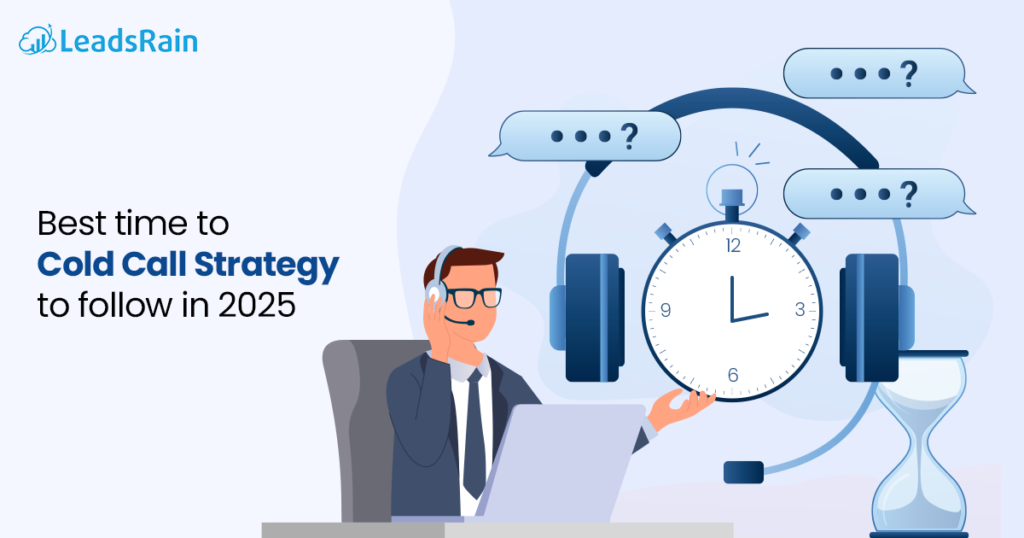The duration of the moment it takes you to respond to customers is of the utmost significance regarding customer service. Eventually, times matter a lot!
As an actual matter of fact, 60 percent of customers feel that even a minute is too long to wait when calling a business. Unluckily, companies are struggling to immediately operate each customer. Wait times and hold queues become inevitable at peak hours.
The good news is there is an incredible resolution for this issue: Generating a callback solution for customers.
What is a Customer Callback Solution?
Simply understand it as a service that allows customers to request a callback from a company rather than waiting for a call on hold during peak times. Virtual holds and automated callbacks are other terms for customer callbacks.
As an alternative to waiting on hold for an available agent, the business calling system allows customers to schedule an optimal time and date to get a callback.
In a customer callback solution, customers complete a form or automated system with their phone number or other specific information, and a salesperson calls them back when their slot rolls around in the queue.
Types of customer callback solutions
Each of the Customer callback solutions is designed to enrich the customer experience by eliminating wait times and expanding accessibility.

1. Automated callback systems
When a customer arranges a callback for a specific day and time, the callback system simply determines the most qualified agent to take the call, uploads it to their outbound call queue, and sets the call to go at that exact moment in time.
2. Intelligent routing callbacks
By aligning customers with the most competent agents relying on their inquiry, callback systems with the use of advanced routing algorithms are capable of ensuring quicker responses and higher customer satisfaction.
3. Algorithm-Base callbacks
Algorithm-based callbacks, like predictive dialers software, function according to a pacing algorithm that is driven by historical and real-time contact center metrics. Based on the actual and predicted activity this pacing algorithm dynamically modifies the callback speed and expected wait times.
4. Callback via multiple channels
Customers can enjoy a seamless experience throughout interactions by requesting a callback via a wide range of communication channels, such as the phone, website, and social media platforms.
Why is it required in customer service?
Customer callback is a considerable tool for promoting customer satisfaction, raising adaptability, and forming more intimate connections with customers. Callback systems empower customers with the option to be addressed back when agents become readily accessible, letting them avoid waiting in a long queue during peak call volumes.
Callbacks facilitate customers the flexibility to obtain service whenever it’s most convenient for them, freeing them from being stuck on hold for an extended time frame.
The rewards of deploying callback solutions
Specifically during peak times, this regimen successfully reduces agent stress. Putting callback options into your contact center can assist you in distinguishing from rivals in several ways.
Upgraded customer experience.
Delivering customers the option to elect to get a callback is the most economical and efficient method to do this. For example, a Software Advice survey revealed that 63% of consumers would rather have a callback option than be placed on hold, therefore it is undoubtedly in your best interest to offer one.
Reduced rates of abandonment.
High abandonment rates result in a high volume of follow-up calls, which may aggravate highly busy phone lines and foment unsatisfied consumers. One of the best solutions to lower call abandonment rates is to include a callback option.
As a benchmark, research reveals that adding a callback option can reduce call abandonment rates by nearly 37%.
Higher FCR Rates.
Presenting your agents with extra information is an excellent method to guarantee that additional problems are resolved within one call. An agent will be more ready for the call and tackle the issue at hand if they have access to consumer information before answering a call. Customer callbacks provide this precisely by chance.
Minimized Operating Costs.
By eliminating long hold times, and directing consumers only to live agents, callbacks reduce the average cost per call. They also assist businesses to mitigate the costs associated with hiring new employees by using available agents.
Alleviates peak hours.
Wait periods can instantly spiral out of control during situations of high call volume. Callers may become frustrated due to the rising amount of calls, and contact center operators may become stressed out. Call center choices are simplified during busy hours by lowering the number of callers in the queue via callbacks.
A handful of hints for customer callback solutions
One can grow the success rate of their customers’ callback services by following these best practices, or should I say helpful tips…
Optimum call timing.
The optimal times for initiating callbacks can be identified by using a predictive dialer, taking into consideration factors like customer availability, previous outcomes, and time zone differences. Maintaining timely service to customers with minimal wait time frames is the best practice ever!
Provide estimated Wait Times.
During IVR menu greetings when customers are waiting on hold, provide updates on the projected wait durations and queue position. Allow callback options to be accessible at any moment for customers who are on hold.
Dynamic call routing.
Take advantage of automated call routing capabilities to align outbound callback requests with the most qualified agents based on availability, language proficiency, and skill set with the objective of improving customer endorsement and resolution timeframes.
Quality assurance.
Set up quality control processes with regular coaching and feedback to make sure that callbacks coincide with the minimum standards of professionalism, accuracy, and customer satisfaction.
Multichannel support.
Upgrade callback capabilities to include chat, email, SMS, and phone calls to satisfy customer needs and deliver a smooth omnichannel experience.
The most common challenges regarding customer callback services
To overcome these issues and provide a faultless and gratifying customer experience, a mix of highly effective technology along with some improvement efforts is essential.
Examine a few challenges and pinpoint them using the relevant techniques.
#1. Managing callback queues
When customers call, they don’t want to stay on hold. In a Clutch poll, 79% of respondents stated that efficiency is the most important factor to them when contacting a business, and 57% listed lengthy wait times as one of their top three complaints about customer service centers.
#2. Fluctuations in call volume
Unpredictable call volume could prove to be a contact center’s downfall. However, call volume is erratic by nature. High volume spikes every voice data you’ve worked so hard to minimize, stresses your agents, and causes CSAT to drop dramatically.
#3. Availability of agent
It could be challenging to coordinate an agent’s availability to quickly comply with callback requests while overseeing other current tasks.
#4. Lack of CRM integration
When callbacks occur, agents cannot have a record of relevant customer data if customer relationship management (CRM) systems lack adequate integration, which could affect the quality of service.
#5. Limited Technology
Technological limitations, including interoperability with specific phone systems or unavailability of support for multichannel communications, could restrict many callback alternatives.
One strong declaration: Advanced algorithms outbound dialer is the perfect technology for customer callback owing to its tendency to simplify outbound call management. A predictive dialer can prioritize callback requests based on urgency or customer profile, leading to more personalized and effective interactions.
Innovation in callback technology………..
Innovation in callback technology is indispensable for fulfilling the shifting demands of contemporary entities. This innovation is most clearly shown by cloud-based dialers, which provide an extensive set of capabilities intended to simplify callback processing while offering outstanding experiences for customers. Our cloud-based dialer combines leading-edge predictive dialing algorithms to improve callback schedules by integrating data analytics and machine learning. Thus, We are laying down new benchmarks for excellence in customer callback services.
Are you prepared to figure out more about implementing call-back solutions at your center? Reach out to us right now to find out more!
Conclusion
A terrific way to stimulate contact center performance, expand inbound lead capture, and improve customer experience- All of them are the result of a customer callback. However, you gotta make sure that a suitable engine fuels them if you’re hoping to reap the greatest value out of them.




